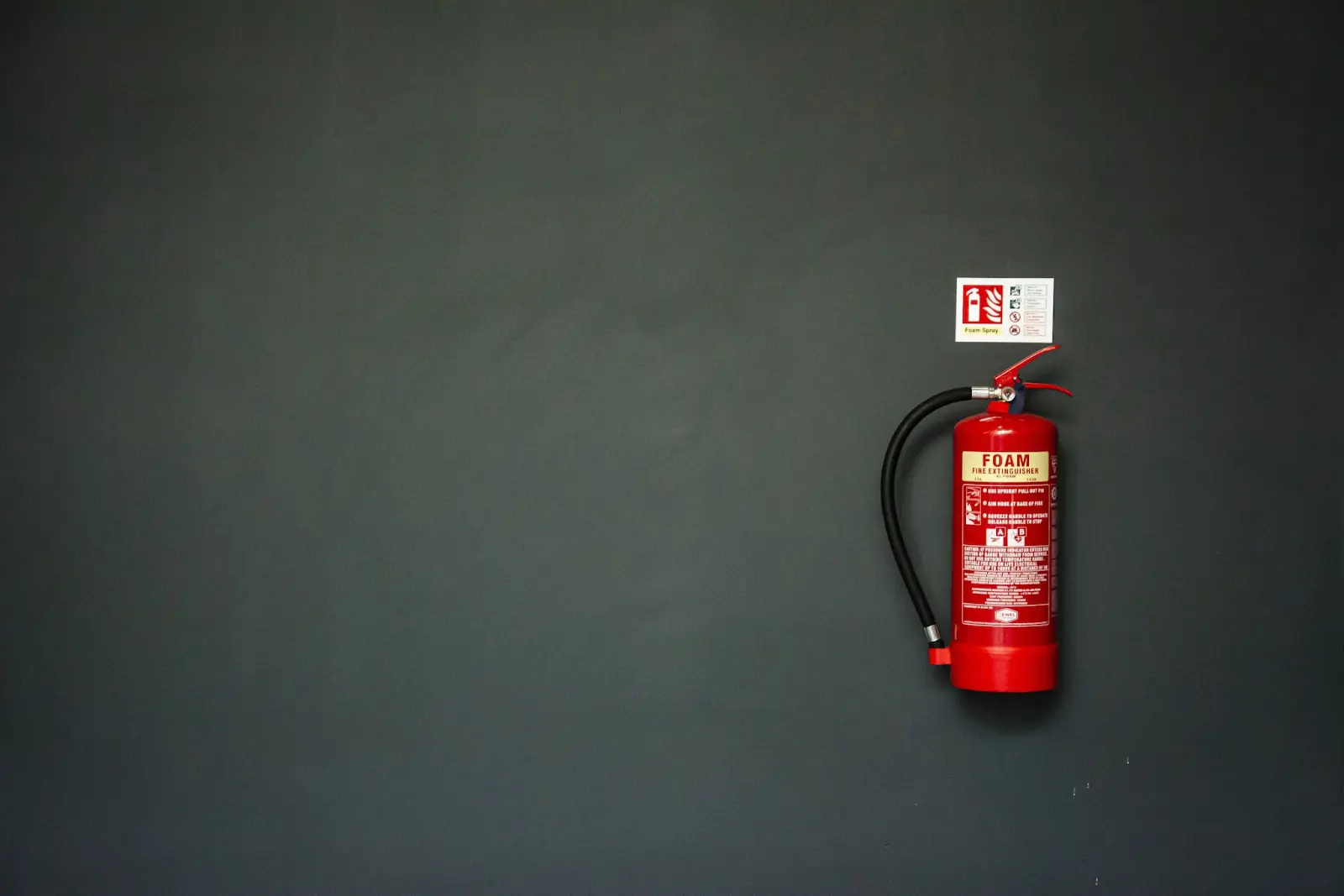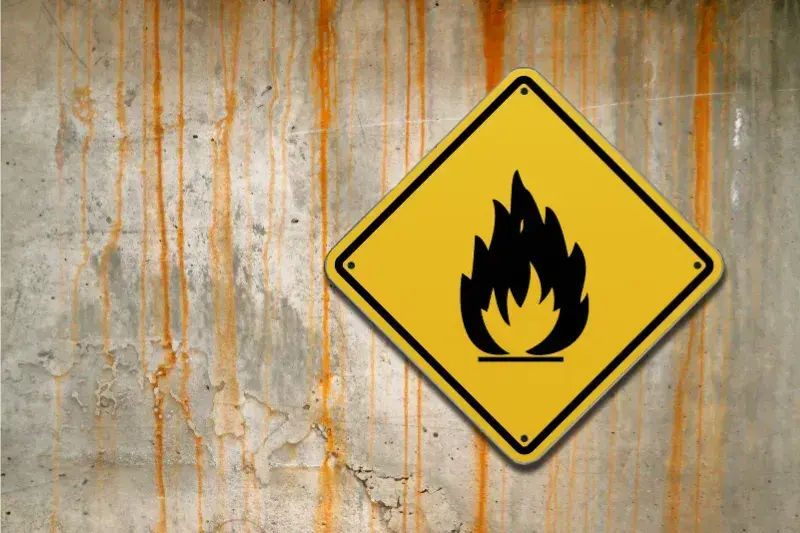
NEBOSH Online Conference 2025: Empowering Global Safety Professionals — Sponsored by Gulf Academy of Safety
In today’s rapidly evolving industries, safety isn’t just a regulation

Effective fire safety management requires understanding the key concepts of fire hazards and fire risks. These terms are often used interchangeably, but they have distinct meanings in fire safety. Knowing the difference is crucial for preventing fires and protecting people and property. At Gulf Academy Safety, we aim to help you manage both fire hazards and fire risks to ensure a safer environment. In this blog, we’ll explore the differences between fire hazards and risks and discuss the biggest risks in fire safety.
A fire hazard refers to anything that has the potential to cause a fire. This includes materials, equipment, or conditions that could ignite, fuel, or spread a fire. For example, faulty electrical wiring or storing flammable materials improperly are common fire hazards.
On the other hand, a fire hazard and a fire risk is the likelihood that a fire hazard will actually cause a fire, along with the potential consequences of the fire if it occurs. Fire risk is determined by factors like how likely the hazard is to ignite and how severe the impact of the fire could be.
In short, fire hazard is the source of the fire, while fire risk refers to the probability and potential impact of that hazard leading to an actual fire.
Discover more: CPD risk assessment in the workplace | Best NEBOSH IGC classroom
The biggest fire risk in fire safety is often human error or negligence. This includes failing to follow risk in fire safety protocols, such as improper use of electrical equipment, ignoring maintenance of fire safety systems, or blocking emergency exits. Neglecting these aspects increases the likelihood of a fire starting and the severity of its consequences.
Other major risks include:
– Unmaintained fire safety equipment like alarms or extinguishers.
– Inadequate fire training for employees or residents.
– Improper storage of flammable materials.
Addressing these effective fire safety management issues is key to reducing the overall fire risk in your environment.
Get more details: Advanced IOSH Managing Safely classroom training | Book fire safety training session

Understanding the difference between a fire hazard and a fire risk is fundamental to effective fire safety management. By identifying potential hazards and addressing the risks they pose, you can create a safer environment for everyone. At Gulf Academy Safety, we specialize in helping businesses and property owners develop comprehensive strategies to manage fire hazards and risks effectively. Contact us today for expert advice on improving your fire safety measures.

In today’s rapidly evolving industries, safety isn’t just a regulation

The UAE is recognized as a global leader in building

In an era where workplace safety, environmental stewardship, and sustainable